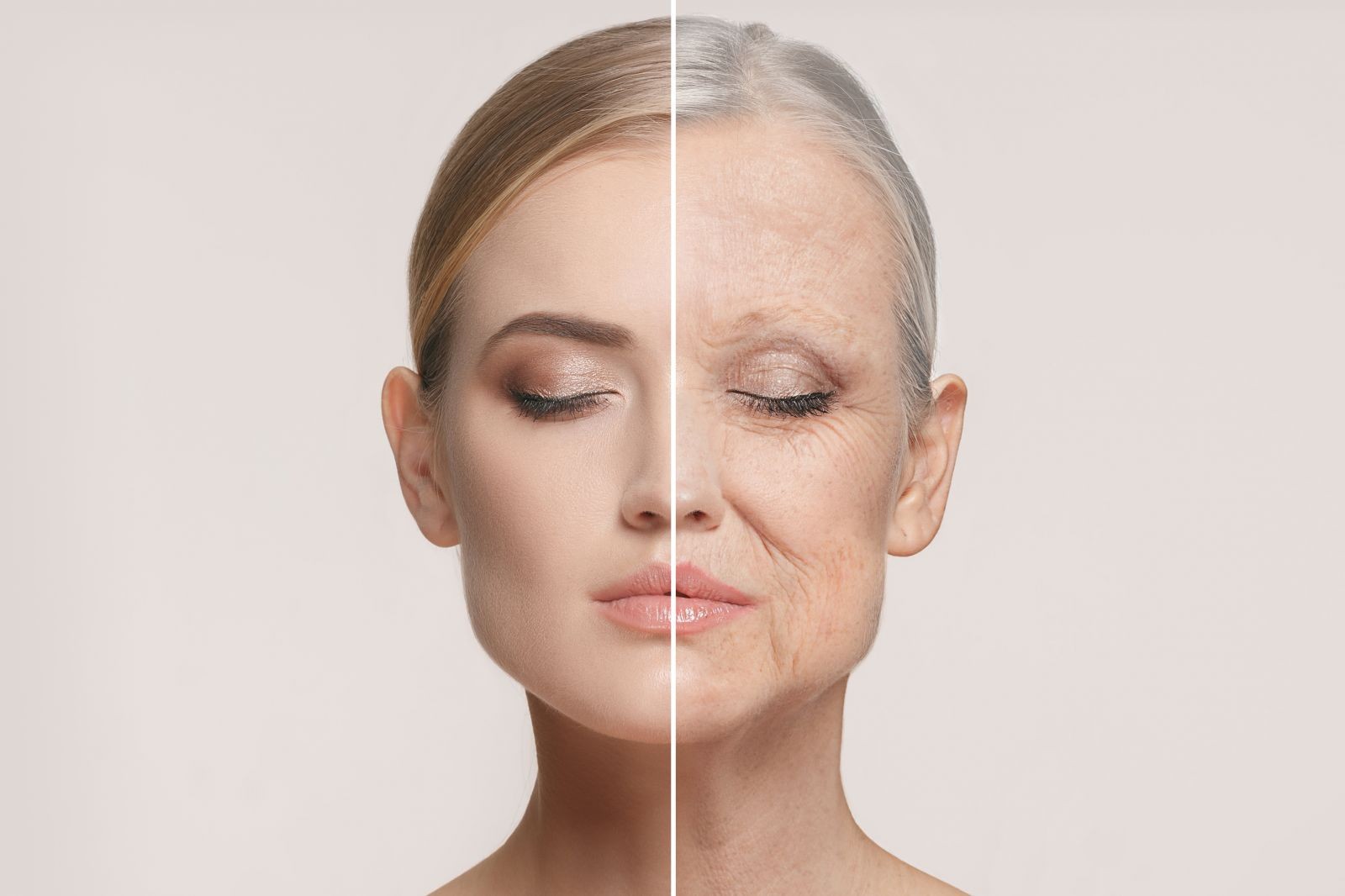 Facial aging showing wrinkles and sagging skin
Facial aging showing wrinkles and sagging skin
As we journey through life, our faces subtly transform, reflecting the passage of time. While wisdom and experience accumulate, so do the visible signs of aging on our skin and underlying structures. Understanding why facial changes occur over the years can empower us to make informed decisions about skincare and potential treatments.
The Underlying Mechanisms of Facial Aging
The aging process triggers a cascade of changes in the face, some readily apparent and others occurring beneath the surface:
Visible Changes:
- Hairline Recession: Foreheads often appear larger as hairlines gradually recede.
- Ear Lengthening: Cartilage growth can cause ears to subtly increase in length over time.
- Drooping Nose Tip: Weakening connective tissue supporting nasal cartilage may lead to a drooping nose tip.
Structural Changes:
- Fat Redistribution: In youth, facial fat is evenly distributed, providing fullness. With age, this fat loses volume, clumps together, and migrates downward, causing features to hollow and skin to sag. Conversely, fat accumulation in the lower face contributes to jowls and a double chin.
- Wrinkle Formation: Deep wrinkles, such as those on the forehead and between the eyebrows (expression lines), result from repeated muscle contractions. Other wrinkles deepen due to fat loss and shifting, while fine lines arise from sun damage, smoking, and the natural breakdown of collagen and elastin.
Addressing Facial Changes
While aging gracefully is a celebrated concept, many seek ways to mitigate the visible effects of time on their faces. Options range from embracing natural aging to pursuing cosmetic interventions.
Embracing Natural Aging:
Acknowledging and appreciating the natural evolution of our faces is a powerful approach. Each line and wrinkle can tell a story, representing life’s experiences and challenges.
Cosmetic Interventions:
For those desiring a more youthful appearance, various cosmetic procedures exist. Surgical options, such as facelifts, remove excess tissue and tighten sagging skin. However, these procedures are invasive and expensive.
Non-Surgical Rejuvenation Techniques
Numerous non-surgical alternatives offer less invasive ways to address facial aging:
Sun Protection:
Daily use of broad-spectrum sunscreen with an SPF of 30 or higher, along with protective hats, is crucial for preventing sun damage, a primary contributor to premature aging.
Topical Treatments:
- Moisturizers: Hydrating the skin with moisturizers can temporarily reduce the appearance of wrinkles and improve skin texture.
- Exfoliants: Removing dead skin cells with exfoliating creams can enhance skin tone and brightness.
- Retinoid Creams: Prescription retinoid creams stimulate collagen production and reduce wrinkles and age spots.
Injectable Treatments:
- Botulinum Toxin Injections (Botox): These injections relax facial muscles, smoothing out expression lines.
- Dermal Fillers: Fillers, often composed of hyaluronic acid, restore volume to areas depleted by fat loss, reducing the appearance of wrinkles and folds.
Laser Treatments:
Lasers target specific pigments to address age spots and broken capillaries. Resurfacing lasers remove the outer skin layer, reducing wrinkles and scars. Non-ablative lasers stimulate collagen production deeper within the skin.
Conclusion
Facial changes are an inevitable part of aging, driven by a complex interplay of factors. Understanding these changes allows individuals to make informed choices about skincare and potential treatments. From embracing natural aging to exploring cosmetic interventions, a range of options exists to address individual preferences and goals. A consultation with a dermatologist or qualified medical professional can provide personalized guidance.
